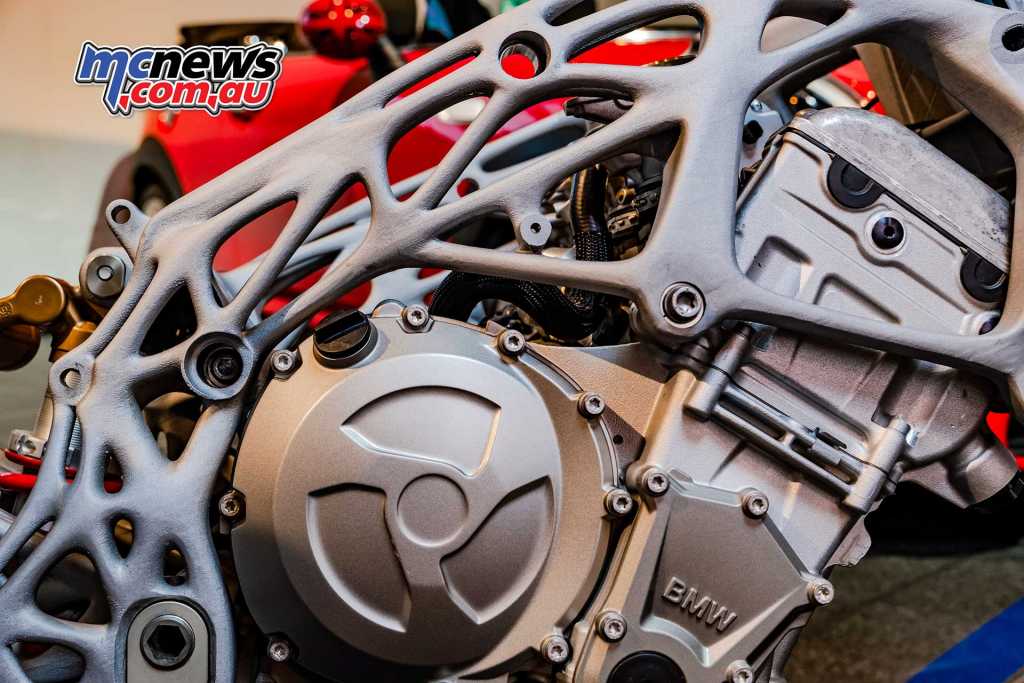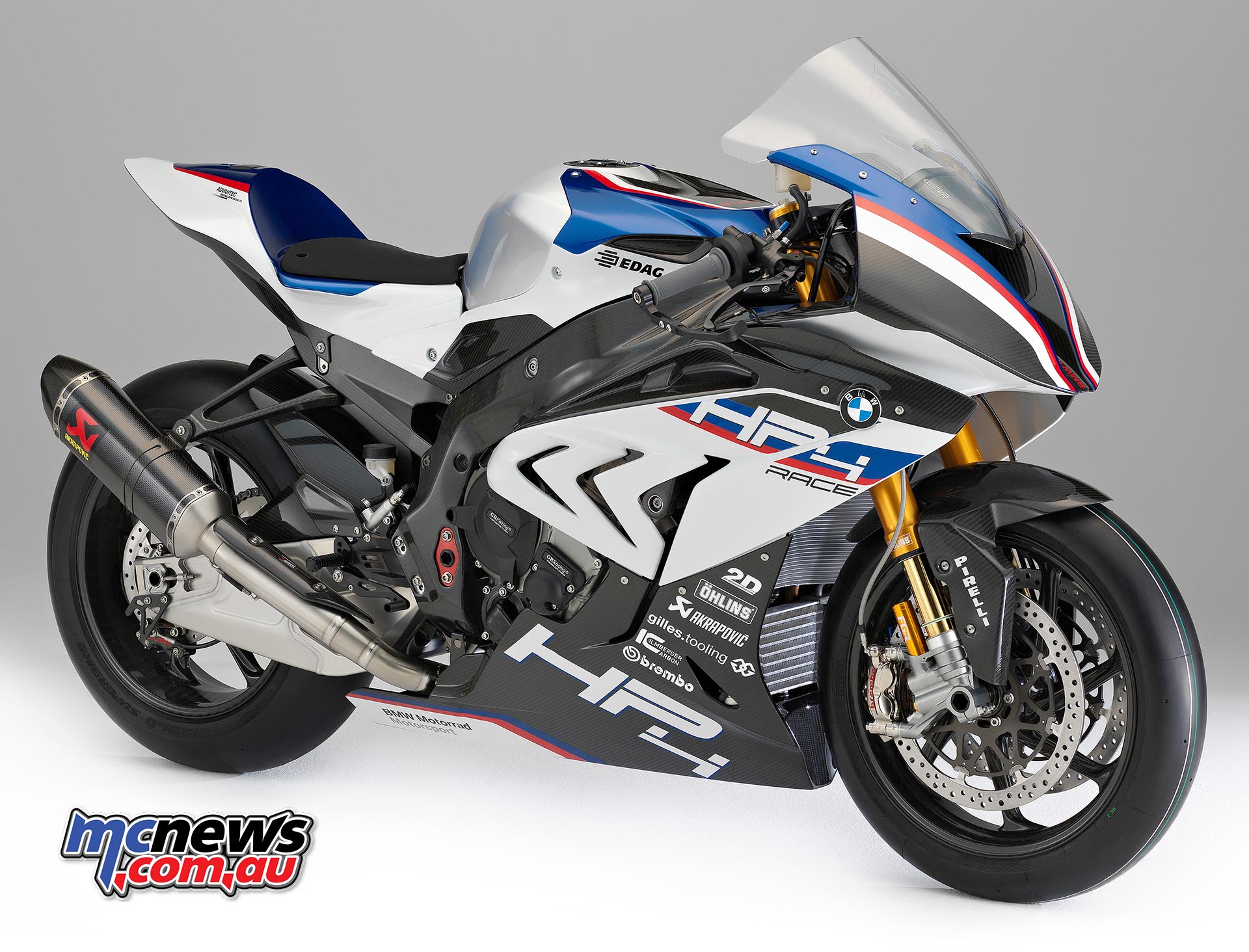3d printing motorcycle frames becomg a reality…?
BMW hosted a group digital day in Mallorca this week that detailed a lot of new technology that the company is both implementing in their vehicle range currently, while also offering a glimpse into the future in regards to new manufacturing process the German company is exploring across its suite of brands.
While the majority of innovation covered was in regards to their four-wheel brands, BMW Motorrad also showed off a prototype 3D printed motorcycle frame.
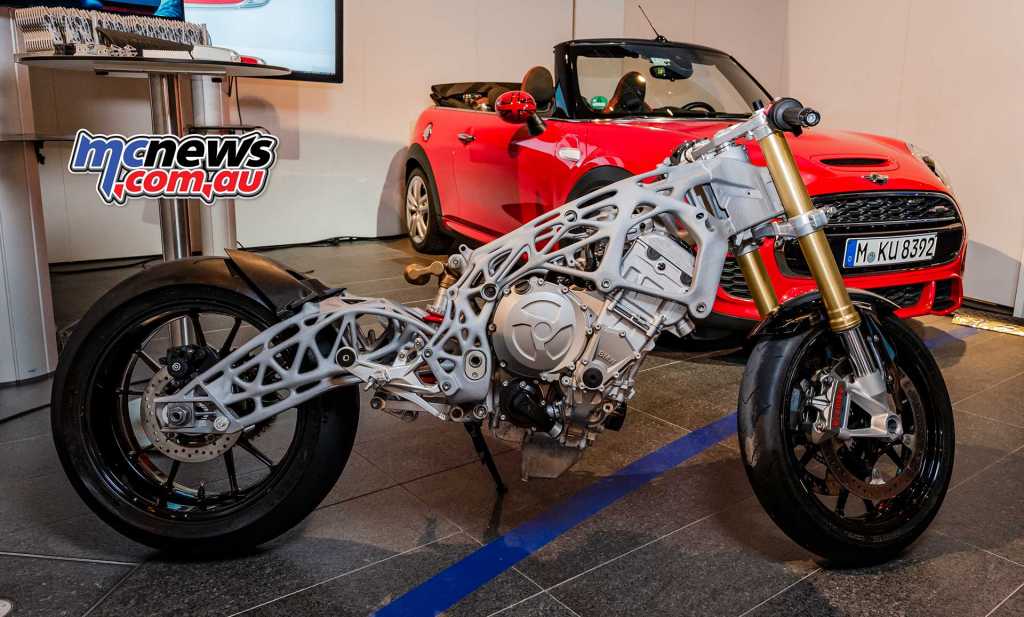
A process by which BMW referred to as ‘additive manufacturing’, where three-dimensional parts made from plastic or metal take shape layer by layer.
While the frame shown off clearly seems to be metal, it is our view that it is new formulations of plastics that really might transform the way motorcycles are made in the future. With structural elements perhaps even being 3D printed in plastics, as plastics technology is certainly growing at a much faster rate than metallurgy.
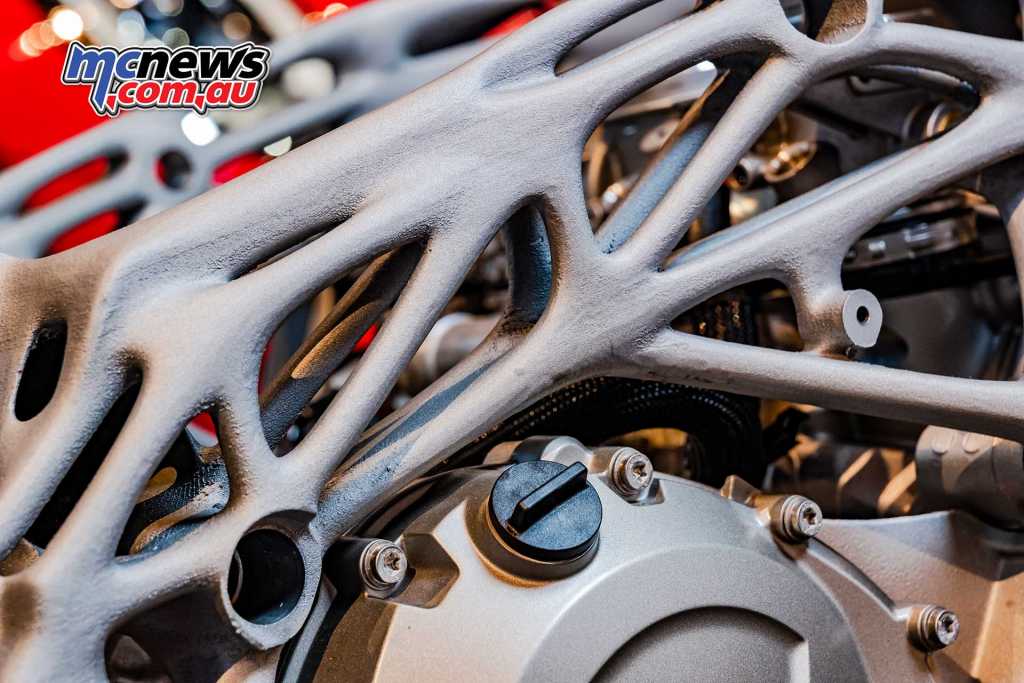
The advantages of 3D printing are certainly many. From the speeds of which prototypes can be made for testing, through to the advantages in final production whereby there is no need for traditional production tools such as press or casting moulds; and the geometry of the parts is determined entirely by a digital dataset.
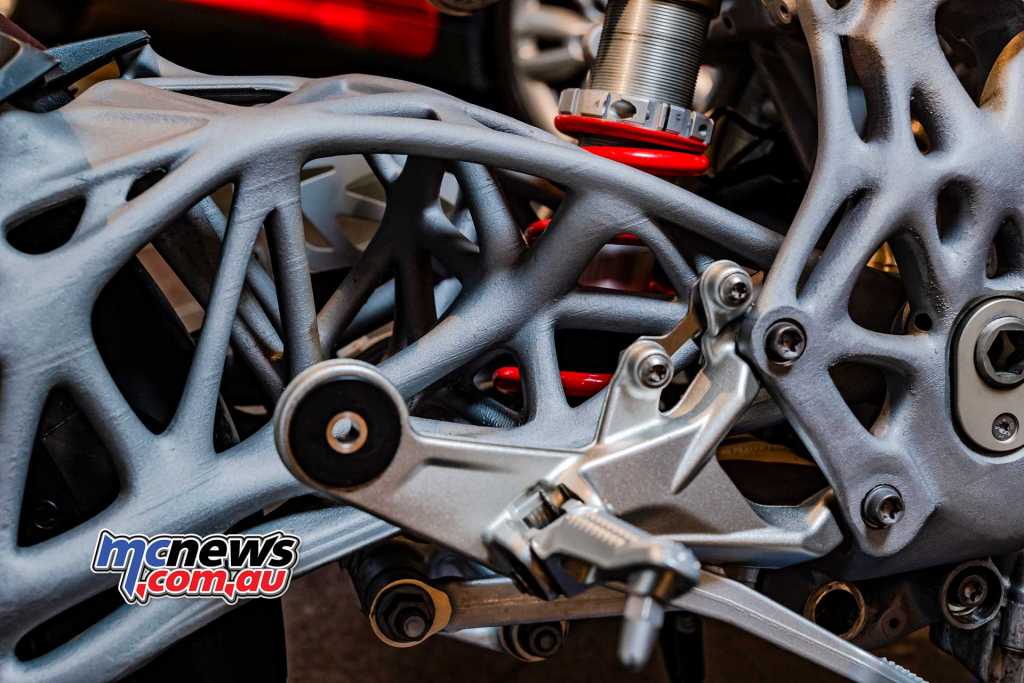
BMW stated that it considers 3D printing as of the key manufacturing methods of the future and a highly promising one.
BMW Statement reads below
A great deal of its potential lies in series production. The technology was successfully used in small-scale production for the first time in 2010, when the additively manufactured water pump wheel still fitted in DTM racing cars was introduced. The integration of additively manufactured parts into series production at Rolls-Royce is another major milestone on the road to use in large-scale production.
Additive manufacturing is also playing an increasingly important role when it comes to customised vehicle parts. The new MINI Yours Customised product line enables customers to personalise the design of selected components, such as side scuttles and trim strips, and then have them produced by means of 3D printing.
The Additive Manufacturing Centre housed in the BMW Group’s Research and Innovation Centre in Munich already supplies around 140,000 prototype parts a year to the company’s various development departments. These range from design samples to plastic mounts and chassis components made from metal. The primary benefit for the developers is that the requested parts are usually available within the space of a few days once the relevant design data has been provided.
